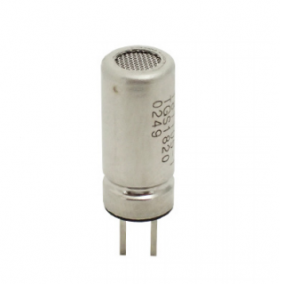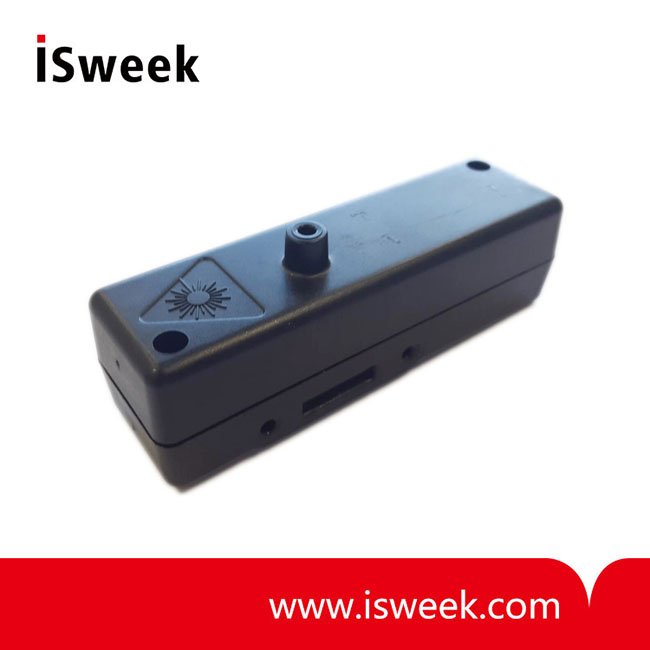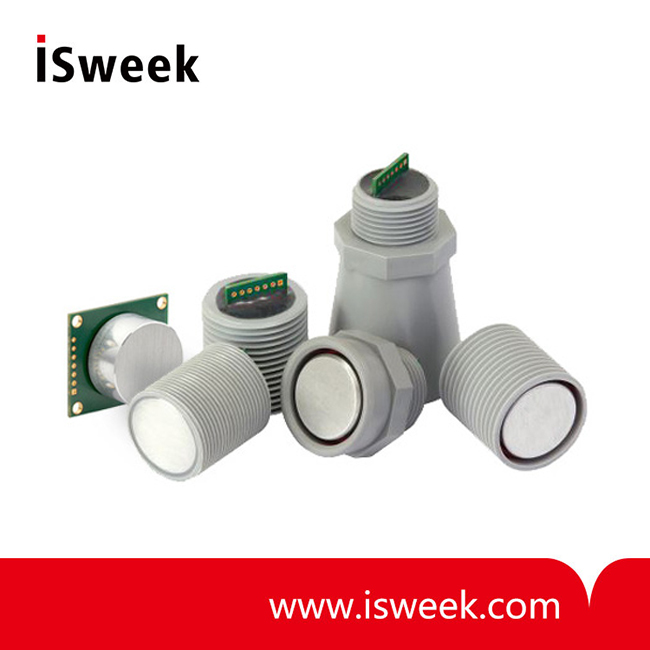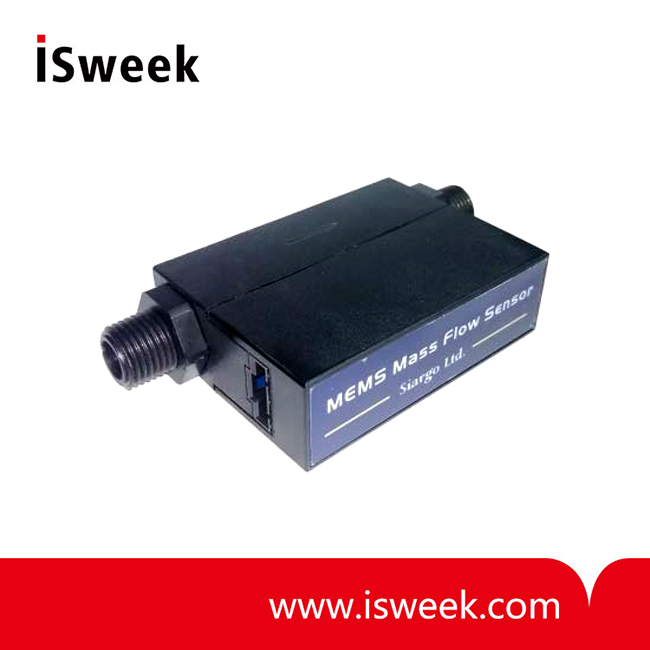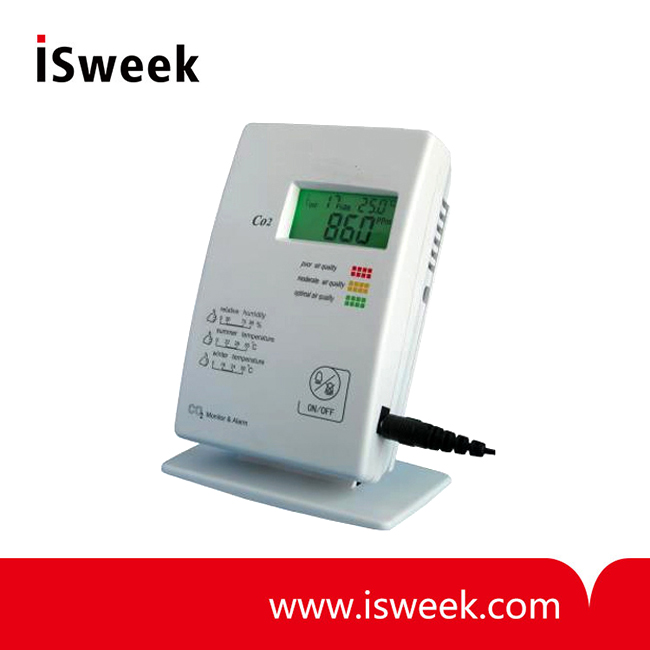Introduction
Acetone, a colorless, volatile liquid, is a common solvent found in various household and industrial products. Known for its distinctive smell, it is widely used in industries ranging from pharmaceuticals to cosmetics. In the medical field, acetone’s presence in the human body can indicate various metabolic conditions, making its detection crucial. The TGS1820 sensor, a specialized device by FIGARO, has emerged as an ideal choice for accurately detecting acetone levels. This sensor’s features, applications, and specifications highlight its effectiveness and reliability in medical diagnostics and other applications.
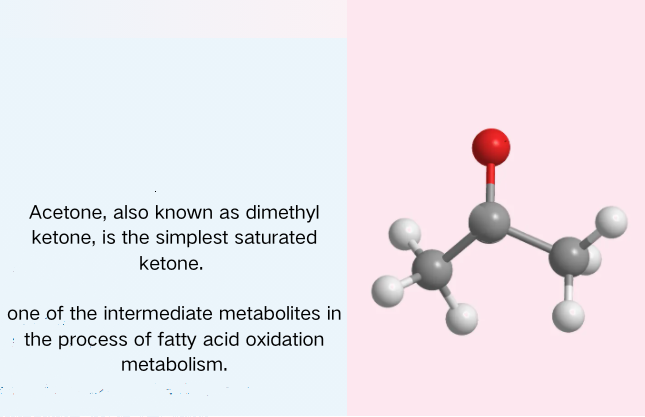
Table of content
1. What is Acetone?
2. Why Acetone is important for the medical Industry?
3. Why is the TGS1820 sensor the ideal choice for Detecting acetone?
3.1FIGARO acetone Sensor TGS1820 description
3.2Acetone Sensor TGS1820 Features
3.3Gas Sensor TGS1820 Application in Detecting Acetone
3.4Acetone Sensor TGS1820 Specification
4. Acetone Sensor TGS1820 PDF
1. What is Acetone?
Acetone is a colorless, volatile, and flammable liquid with a distinctive sweet odor. It is the simplest and smallest ketone, with the chemical formula (CH₃)₂CO. Acetone is commonly used as an industrial solvent, especially for cleaning purposes, and is a major component of nail polish remover. It is also naturally produced in the human body as a byproduct of metabolism, particularly during the breakdown of fats.
2. Why Acetone is important for the Medical Industry
Acetone is a crucial indicator for painless diabetes screening! Medical research shows that the concentration of acetone in the blood and saliva of diabetic patients is higher than in healthy individuals, and the concentration of acetone in the exhaled breath of diabetic patients is significantly higher. The average concentration of acetone in the exhaled breath of healthy adults is less than 1.9 mg/m³. In comparison, the average concentration of acetone in the exhaled breath of adult diabetic patients is higher than 4.27 mg/m³. Therefore, breath acetone is considered a potential biomarker for diabetes.
Compared to blood glucose meters that require needle pricks and are widely used in clinical settings, breath acetone analysis is non-invasive and painless, which can reduce patients’ resistance to continuous blood glucose monitoring. Since 1950, more than 30 independent studies have been conducted to verify the feasibility of using breath acetone for diabetes management through various techniques and methods. Researchers have used methods such as mass spectrometry and its derivatives, electrochemical sensors, and spectroscopy to study the detection of breath acetone. Despite the many advantages of breath acetone analysis technology, its clinical application in the field of diabetes has not yet been realized due to the lack of established relationships between breath acetone concentration and individual characteristics and blood glucose parameters in diabetic patients. Further research and validation are still needed.
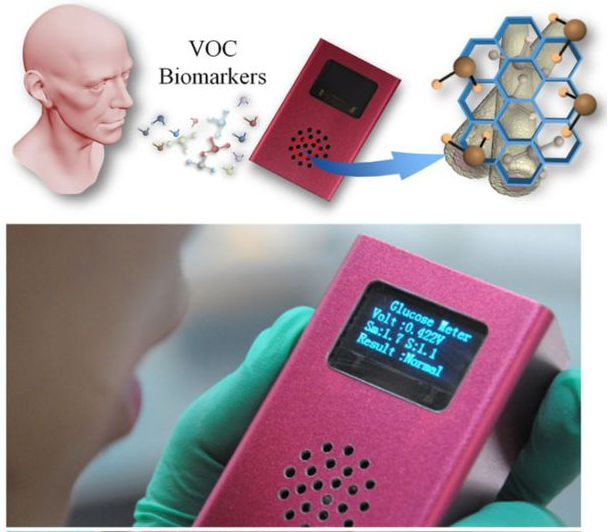
Acetone is a crucial indicator for painless diabetes screening
3. Why is the TGS1820 sensor the ideal choice for Detecting acetone?
3.1FIGARO acetone Sensor TGS1820 description
The TGS1820 is a hot-wire type semiconductor gas sensor. The sensitive element is a precious metal coil embedded in a small bead of sintered metal oxide semiconductor material. The conductivity change caused by gas adsorption on the surface of the semiconductor material can be measured between the two ends of the precious metal coil, reflecting the combined resistance change of the semiconductor material and the precious metal coil.
The TGS1820 exhibits high sensitivity to acetone and is minimally affected by interference from ethanol and hydrogen. Therefore, this product is an excellent choice for detecting acetone in breath.
3.2Acetone Sensor TGS1820 Features
* High sensitivity and selectivity to acetone
* Low interference from ethanol and hydrogen
* Quick response
* Compact
* Low power consumption
3.3Gas Sensor TGS1820 Application in Detecting Acetone
Acetone detectors
Breath acetone testers
3.4Acetone Sensor TGS1820 Specification
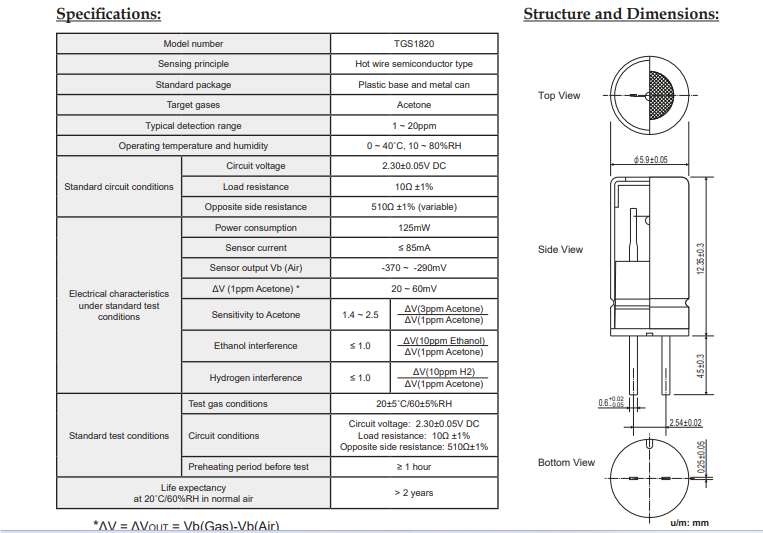
4. Acetone Sensor TGS1820 PDF
Conclusion
In summary, acetone plays a significant role in various industries, particularly in medical diagnostics where its detection can provide valuable insights into a person’s health. The TGS1820 sensor by FIGARO stands out as an optimal solution for acetone detection due to its advanced features and reliable performance. From its precise detection capabilities to its wide range of applications, the TGS1820 sensor offers a comprehensive solution for accurately monitoring acetone levels. The accompanying PDF provides detailed specifications and additional information, solidifying the TGS1820’s position as a leading choice in acetone detection technology.



